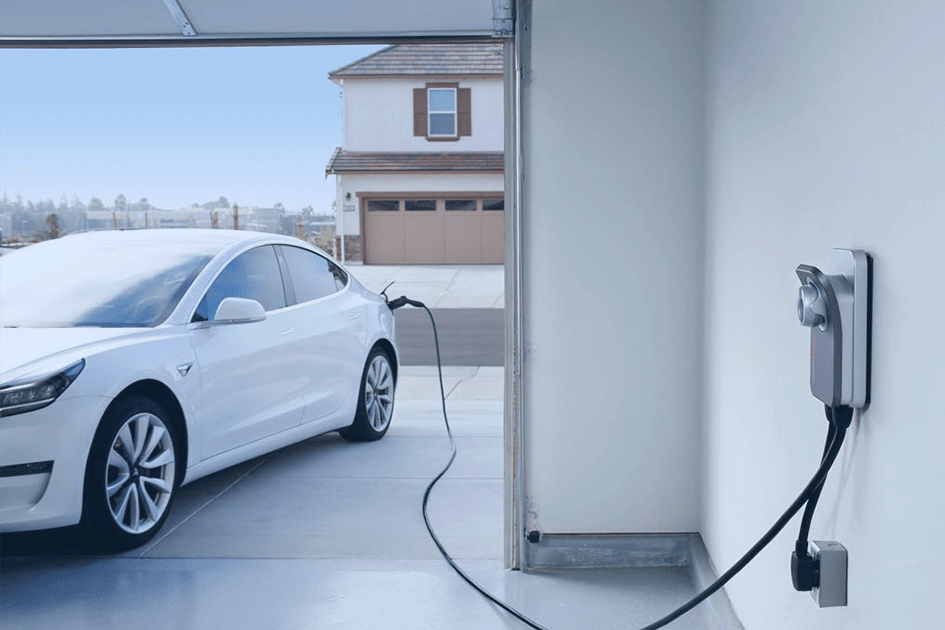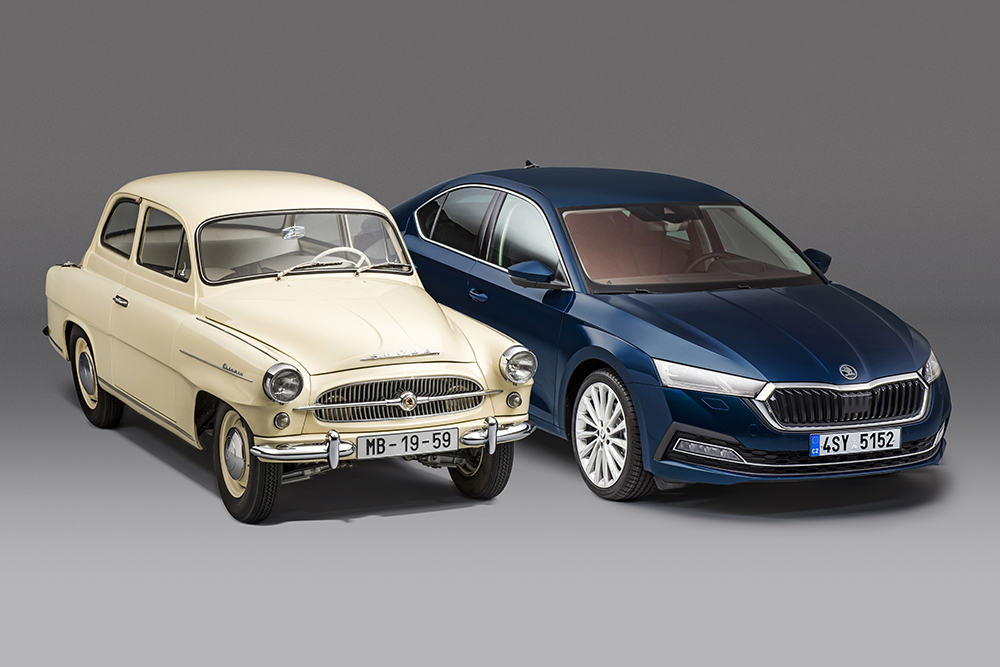
Charging an electric car at home - what you need to know?
Content
How to charge an electric car at home? What socket to use? And why so long?
Driving an electric vehicle requires scheduling battery charging sessions. Some people use fast chargers built in cities and highways, while others prefer to charge their car from an outlet in their own home. However, when talking about charging an electric car in your garage, you should mention the cost of the whole operation, charging time and technical aspects.
Charging an electric vehicle from a standard outlet
If you have an electric car, you can easily charge it from a regular single-phase 230V socket. In every home, we can find such an outlet and connect the car to it, but you must remember that charging from a traditional outlet will take a very long time.
The power that charges an electric car from a conventional 230V socket is approximately 2,2-3 kW. In the case of the Nissan Leaf, which has a battery capacity of 30-40 kWh, charging from a traditional outlet will take at least 10 hours. The current consumption when charging the electrics can then be compared with the energy consumption when heating the oven.
It is worth noting that this type of charging is completely safe for the home network, batteries, and is especially beneficial at night rates. With an average price of kWh in Poland, i.e. PLN 0,55, a full charge of the Leaf will cost PLN 15-20. Using the G12 variable night tariff, where the price per kWh is reduced to PLN 0,25, charging will be even cheaper.
When choosing to charge from a 230V socket, we do not incur any investment associated with adapting cables or buying a charger, but charging will take a significant amount of time and may be too long for many.
Charging an electric vehicle with a power clutch
This type of charging will require a 400V socket in the garage, which is often used to connect domestic central heating boilers, machine tools or powerful power tools. However, not everyone has such a connector in the garage, but when planning the purchase of electricians, it is worth making it. The power connector will allow you to connect a powerful charger and charge with a current of over 6 kW, up to 22 kW.
Despite the increased capacity of the outlet, which depends on the contract with the operator, this type of solution has its drawbacks. Firstly, most electric vehicles use single-phase sockets (Nissan, VW, Jaguar, Hyundai), and secondly, a three-phase socket will require adaptation to the mains and can become a heavy burden for households (plugs can shoot). For this reason, in order to be able to safely charge an electric vehicle from a three-phase socket with currents above 6 kW for the Nissan Leaf, over 11 kW for the BMW i3 and about 17 kW for the newer Tesla, it is necessary to invest in a charger with an EVSE protection module and, depending on specific installation, into a mains transformer.
The cost of the WallBox charger will be about 5-10 thousand. zł, and the transformer - about 3 thousand. zloty. However, the investment can prove to be beneficial, as charging will be much faster. For example, we can charge a Tesla with a 90 kWh battery in about 5-6 hours.
Charging with a three-phase socket and the WallBox wall charger is a big investment, but it's worth considering. Before buying a charger and an electric vehicle with a large battery like the Audi E-tron Quattro, it is worth having an electrician check the quality of our home electrical network and find the right solution.
Charging an electric car at home - what's the future?
Charging an electric vehicle at home is likely to be the most common way to use electric vehicles. Until now, most of the chargers located next to the routes were free of charge, but GreenWay has already introduced a charging fee of PLN 2,19 per kWh, and other concerns will do so in the future.
Charging at home will probably be practiced daily, and fast charging at gas stations along the way.
It is worth noting that the Ministry of Energy is considering and plans to amend the law, which will require the installation of sockets for chargers in apartment buildings. It is not known how many such connectors there will be. On the sidelines, we are talking about one 3-phase wire for a charger for 10 parking spaces. Such a provision would certainly facilitate the charging process for residents of urban centers. Until now, electric car owners living in apartment buildings charge their cars at the expense of the community, in the city or by stretching wires from their apartment ...

